Spycops, Stramash and More


Today brings us to another of our regular series featuring zines and comics, small press news and micro-publishing. Got a story? Drop us a line HERE.
Spycops Comic
You may have been mesmerised/appalled by the Spycops story unfolding at the inquiry in London. As independent activists are trying to distill a mass of information it’s great that a group at Glen Hustler comics have put together a graphic novel. Explaining they say:
“If you don’t know anything about Spycops, don’t worry you were never supposed to. To catch you up: They were a secret police unit in Britain set up in 1968 to infiltrate and disrupt socially progressive movements, protect big business and subvert the very idea of liberal democracy.”
“During their clandestine operations, they perverted the course of justice, acted as agent provocatuers, spied on family justice campaigns looking for justice for police brutality or negligence, conspired with the construction industry to blacklist union workers, and deceived dozens of women into long term sexual relationships, in some cases proposing marriage and fathering children before vanishing without a trace. Many undercover officers did all of this while using the stolen identities of dead children. This story deserves wider coverage and understanding, and I hope my graphic novel does something to help. As well as introducing the subject this book explores the historical context that underpins the existence of the secret police unit, and includes a few illustrated chapters of an incredible document that was unearthed by the inquiry.”
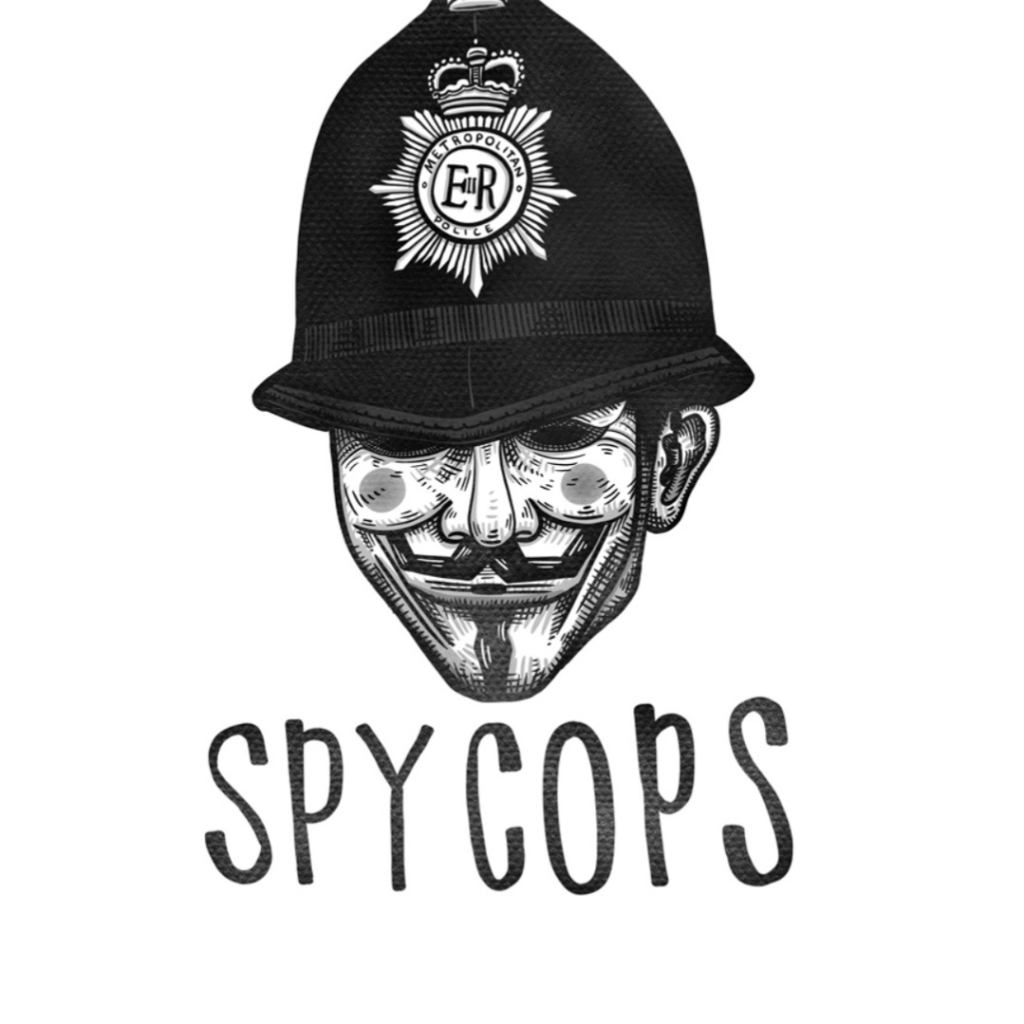

Released in February. Pre-order HERE.
Stramash
Stramash is a three-part black and white comic by James Corcoran set on the gangster-ridden streets of Glasgow. He writes: “Stramash is a 24 page black and white comic with colour covers it was drawn in my sketchbook in an attempt to be more spontaneous each day sitting down to see where the next page would take me. Self published.”
Get it HERE from Strangers (a celebration of the forgotten and overlooked).
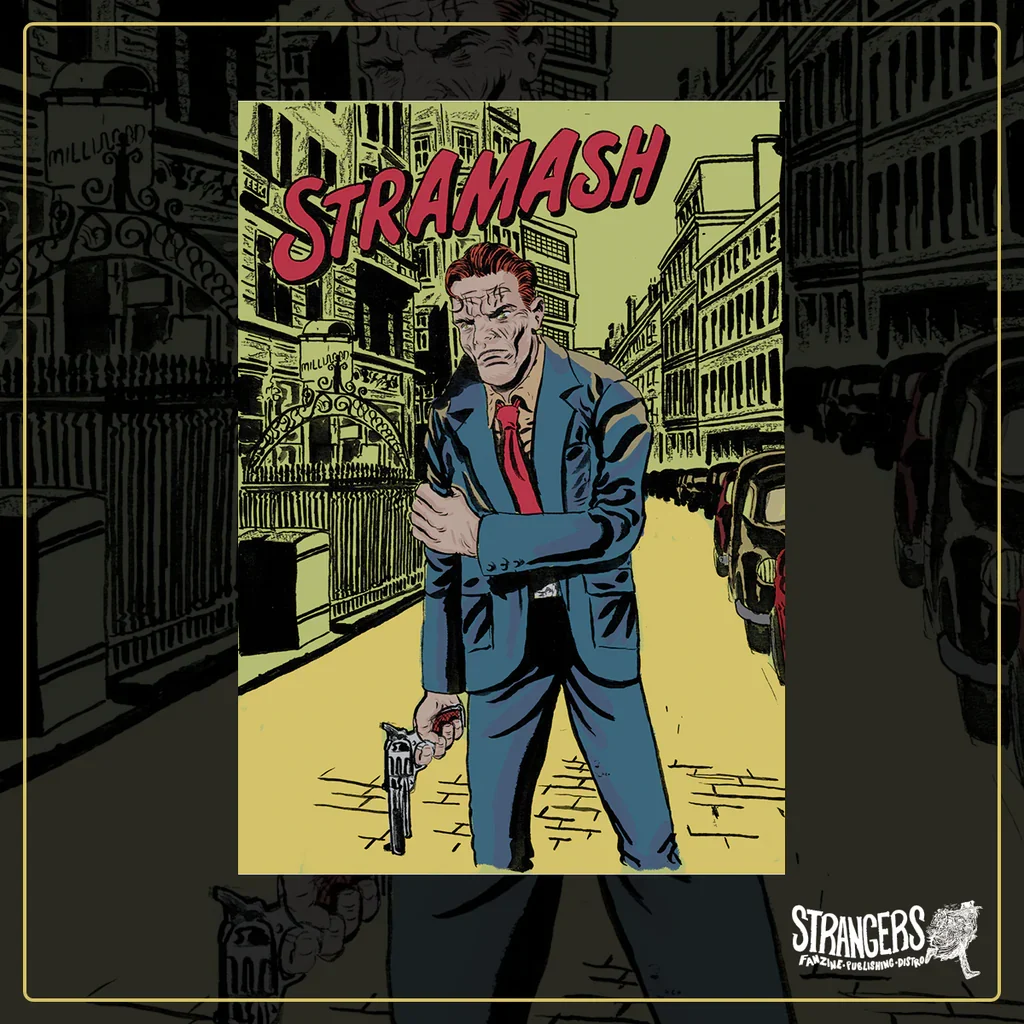

Black Out Here and There
Black Oot Here is a project that has grown and developed from its origins asking: What does it mean to be Black in Scotland today? How are notions of nationhood, Scottishness, and Britishness implicated in this? Why is it important to archive and understand Black Scottish history?
Reflecting on the past to make sense of the present, Black Oot Here: Black Lives in Scotland (Bloomsbury, 2022) explores the history and contemporary lives of Black people in Scotland.
Viana Maya reviewed it for us back in 2023 (Review: Black Oot Here: Black Lives in Scotland)
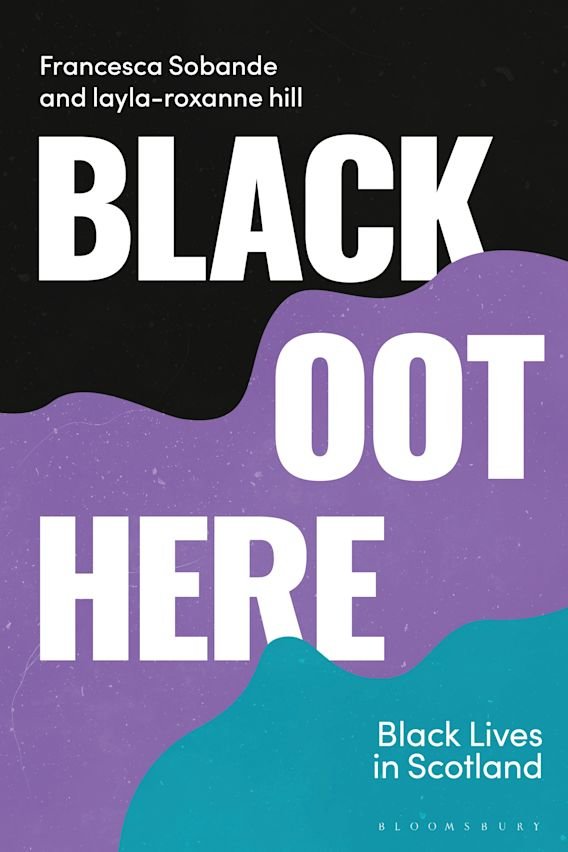

The project continues to develop and now includes an online exhibition Black Oot Here and There, a co-created online exhibition about Black life in Scotland and Wales.
Black Oot Here and There brings together photography, music, video, paintings, poetry, a short story, different written forms of recalling, and recorded conversations.
Work in the exhibition relates to dreaming, storytelling, otherworldliness, intimacy, family, love, remembering, holding, releasing, and more. But our approach to this has not meant focusing on a specific theme, question, topic, or provocation.
Black Oot Here and There addresses matters related to the past, present, and future of/for Black people in Scotland and Wales. The exhibition and information about who is involved in it is accessible here: Entrance and Overview.
Capital and Ideology
Thomas Piketty’s powerful and bestselling Capital and Ideology is now available in this accessible and richly illustrated full-color graphic novel format. You can read a review of the original book HERE.
Praised by Piketty himself as a “magnificent adaptation” of his original book, this graphic novel adaptation is perfect for anyone looking to understand the wealth gap and why society is the way it is today.
Claire Alet and Benjamin Adam make the original work’s ideas more accessible through the addition of a family saga. Jules, the main character, is born at the end of the 19th century. He is a person of private means, a privileged figure representative of a profoundly unequal society obsessed with property.
The book concludes with six compelling proposals for participatory socialism in the 21st century.
Friendly and approachable illustrations by cartoonist and children’s book author Benjamin Adam are easy to understand without diluting the subject matter. The material is adapted expertly by Claire Alet, a former journalist at Alternatives Economiques.
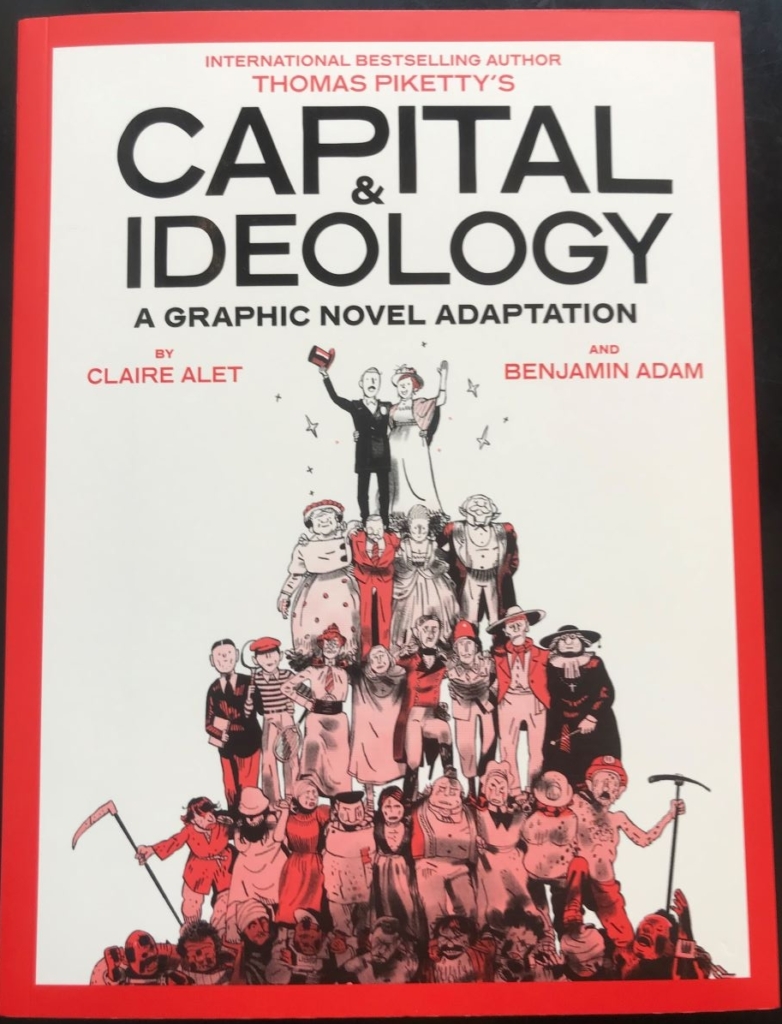

Get it from all good comic shops.
Killtopia
Killtopia is the award-winning cyberpunk comic book series, created and written by Dave Cook. Since 2017 the group has been working with colorists, letterers, musicians and animators to “build a series that goes beyond the page”. They aim to subvert the notion of cyber punk as purely dystopian and dark: “Killtopia isn’t a dark, noir take on the cyberpunk genre. We’ve flipped it around with vibrant colours, big action, dry satirical humour and a rich vision of Neo Tokyo that’s full of weird cultures and trends that don’t seem a million miles away from our own reality.”
Check out their sample pages HERE.
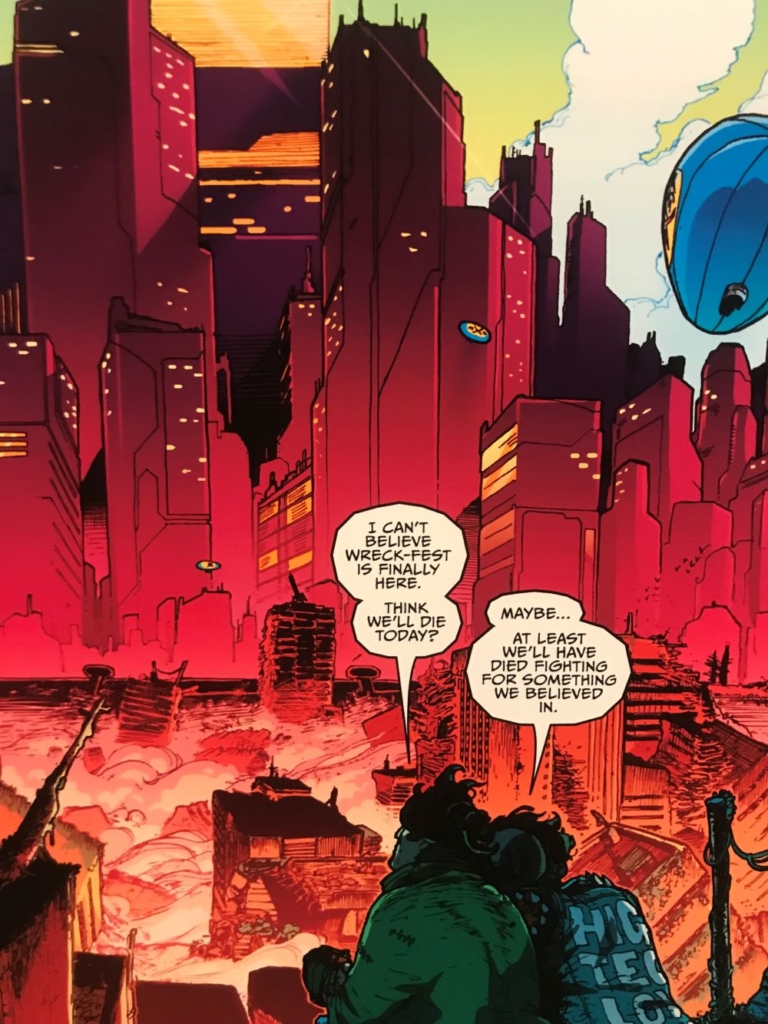

Killtopia has been short-listed for a Kelpie Award for Best Graphic Novel for Dave Cook (writer) and Clark Bint (artist). Cook said: “While its a cyberpunk tale, Killtopia was inspired by the present. I had the idea for the plot after hearing that parts of the NHS might become privatised. I started thinking about the impact that paying for healthcare would have for many of us.”
More details HERE.
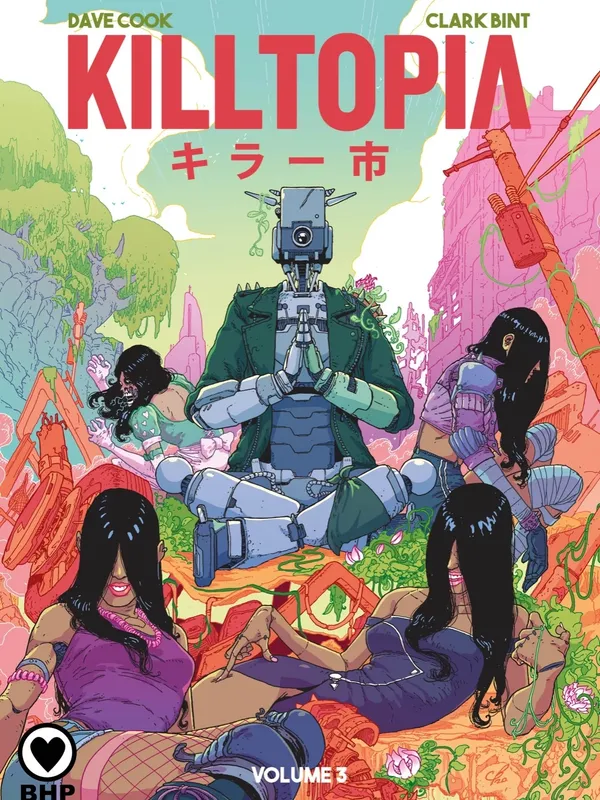


I haven’t read any of these, although I generally welcome graphic novel adaptations of key works.
I’ve finished and can recommend the graphic novel adaptation of CLR James’ play Toussaint Louverture: The Story of the Only Successful Slave Revolt in History:
https://en.wikipedia.org/wiki/Toussaint_Louverture%3A_The_Story_of_the_Only_Successful_Slave_Revolt_in_History
which has strong characterisation, a clear narrative, and an inkling through a repeated motif that humans were not the only participants in the battles which destroyed the maldeveloped French, British and Spanish slaver-settler colonies. The graphic format makes up for the lack of some voices in the text (and original sources, no doubt).
On other dystopias, I hear that NATO has released a self-celebratory graphic novel imagining itself in the year 2099 (to take the glass half full, this World Evil hasn’t destroyed the living planet yet in these scenarios).